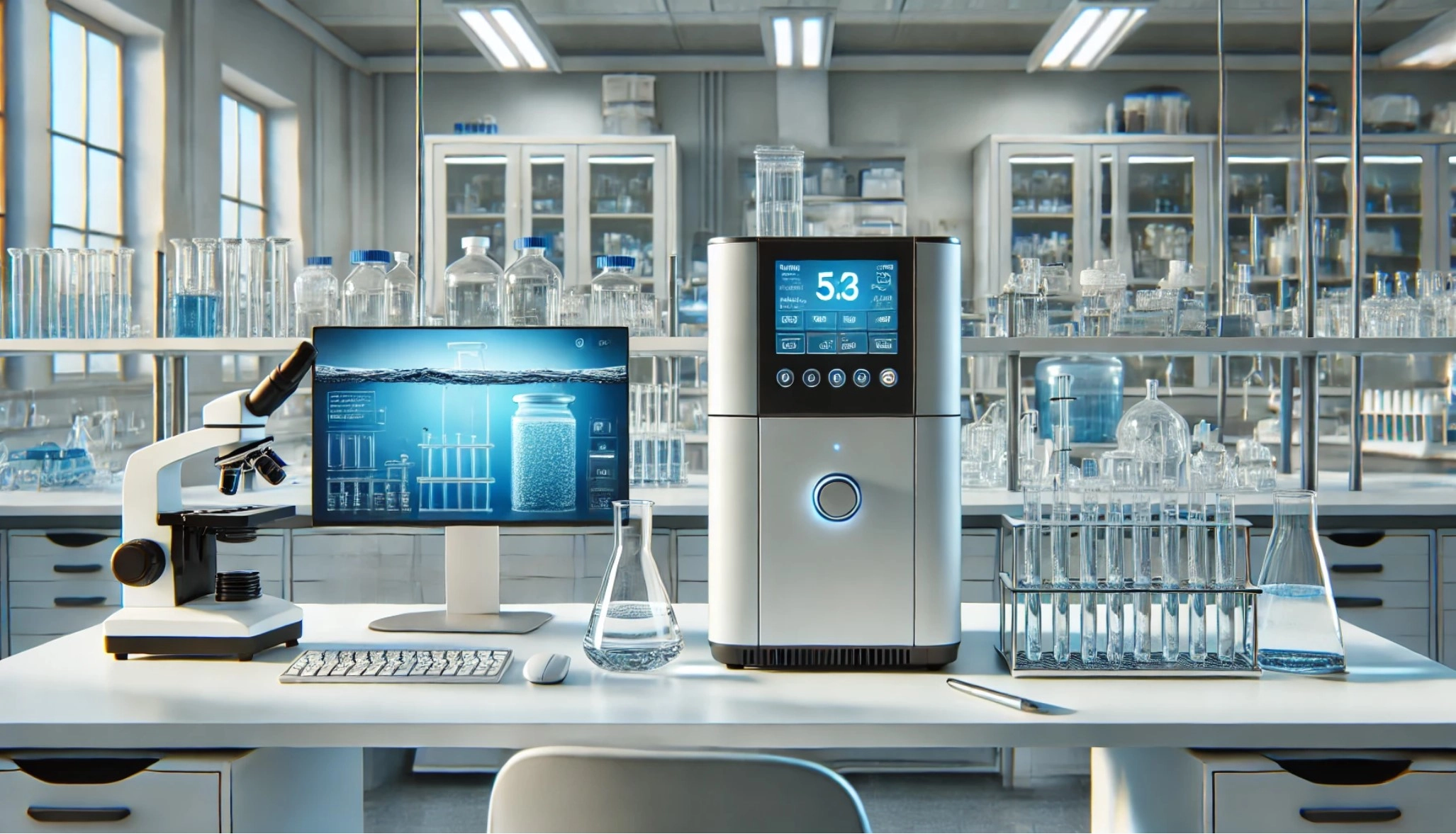
The Best Lab Water Purification Systems: A Buyer's Guide to Price and Features
Laboratory water purification systems are essential for providing high-purity water necessary for a wide range of laboratory applications, including molecular biology, analytical chemistry, and cell culture. These systems remove impurities such as ions, particulates, bacteria, and organic contaminants to produce water of various purity levels, including Type I, II, and III. Selecting the right water purification system involves considering factors such as water quality, capacity, and purification methods to meet specific lab requirements. This guide provides an overview of different types of lab water purification systems, key features to consider, and a price guide to help you make an informed decision. Reverse Osmosis (RO) Systems use a semi-permeable membrane to remove ions, molecules, and larger particles from water by applying pressure. RO systems are effective at removing dissolved salts, heavy metals, and other impurities, making them suitable for producing Type III water, which is commonly used as feed water for further purification. Applications: Feed water for further purification, general lab use, washing glassware, and buffer preparation. Deionization (DI) Systems remove ions from water by exchanging them with hydrogen and hydroxide ions using ion exchange resins. DI systems produce Type II or Type I water, depending on the combination with other purification methods. They are commonly used for applications that require water with low ionic content. Applications: Reagent preparation, general lab use, and as a final purification step for Type I water production. Distillation Systems purify water by heating it to produce steam, which is then condensed back into liquid form, leaving impurities behind. Distillation effectively removes a wide range of contaminants, including ions, organics, and bacteria. Distilled water is used for applications requiring high-purity water. Applications: Preparation of reagents, analytical applications, and general lab use. Ultrapure Water Systems integrate multiple purification technologies, such as reverse osmosis, deionization, and UV oxidation, to produce water with extremely low levels of impurities. These systems produce Type I water, which is required for critical applications, such as molecular biology, cell culture, and analytical chemistry. Applications: Molecular biology, cell culture, HPLC, and other analytical techniques. UV Water Purification Systems use ultraviolet (UV) light to disinfect water by inactivating bacteria, viruses, and other microorganisms. UV systems are often used in combination with other purification methods to provide an additional level of disinfection, ensuring the production of sterile water. Applications: Microbiological control, water disinfection, and as a component of multi-stage purification systems. Type I, II, III Water Systems are categorized based on the purity level of the water they produce. Type I systems produce ultrapure water for highly sensitive applications, Type II systems produce pure water for general lab use, and Type III systems produce primary-grade water for non-critical tasks. Applications: Type I for critical applications (e.g., HPLC, molecular biology), Type II for reagent preparation and buffer solutions, and Type III for glassware washing and feed water for further purification. The required water purity level depends on the specific applications in the lab. Determine whether you need Type I, II, or III water and choose a system that can meet these purity standards. Look for systems that provide consistent and reliable water quality to ensure accurate and reproducible results. Consider the daily water consumption and peak usage in your lab. Choose a system with a capacity and flow rate that can meet the demand for purified water. Systems with higher capacities are ideal for labs with high water usage, while smaller systems are suitable for low-demand applications. Select a system that uses the appropriate purification technologies for your needs. Common technologies include reverse osmosis, deionization, UV oxidation, and ultrafiltration. Multi-stage systems that combine these technologies offer comprehensive purification and produce high-quality water. Look for water purification systems with built-in monitoring features, such as conductivity meters, TOC monitors, and flow sensors, to track water quality and system performance. Easy access to maintenance components, such as filters and cartridges, simplifies upkeep and ensures consistent operation. Consider the available space in your lab and the installation requirements of the purification system. Compact, benchtop units are suitable for labs with limited space, while larger systems may require dedicated installation areas. Ensure the system fits your lab layout and infrastructure. Evaluate the cost of consumables, such as filters, cartridges, and UV lamps, as well as the overall operational cost of the system. Choose a system that offers a balance between initial investment, operational costs, and maintenance expenses to ensure long-term affordability. Selecting the best lab water purification system involves considering factors such as water quality, capacity, purification methods, and operational costs. By choosing high-quality systems that meet your specific needs, you can ensure the availability of high-purity water for your laboratory applications. For more detailed specifications or to view models, visit LabX.com to browse products and gain additional insights to help in making the best choice for your lab's needs.
Water Quality, Capacity, and Purification Methods are Key Considerations to Find the Best Lab Water Purification Systems at the Best Price
Types of Lab Water Purification Systems
1. Reverse Osmosis (RO) Systems
2. Deionization (DI) Systems
3. Distillation Systems
4. Ultrapure Water Systems
5. UV Water Purification Systems
6. Type I, II, III Water Systems
Key Features to Consider When Buying Lab Water Purification Systems
1. Water Quality and Purity Levels
2. Capacity and Flow Rate
3. Purification Technologies
4. System Monitoring and Maintenance
5. Space and Installation Requirements
6. Cost of Consumables and Operation
Lab Water Purification Systems Price Guide
View all Lab Water Purification System Listings on LabX.com










